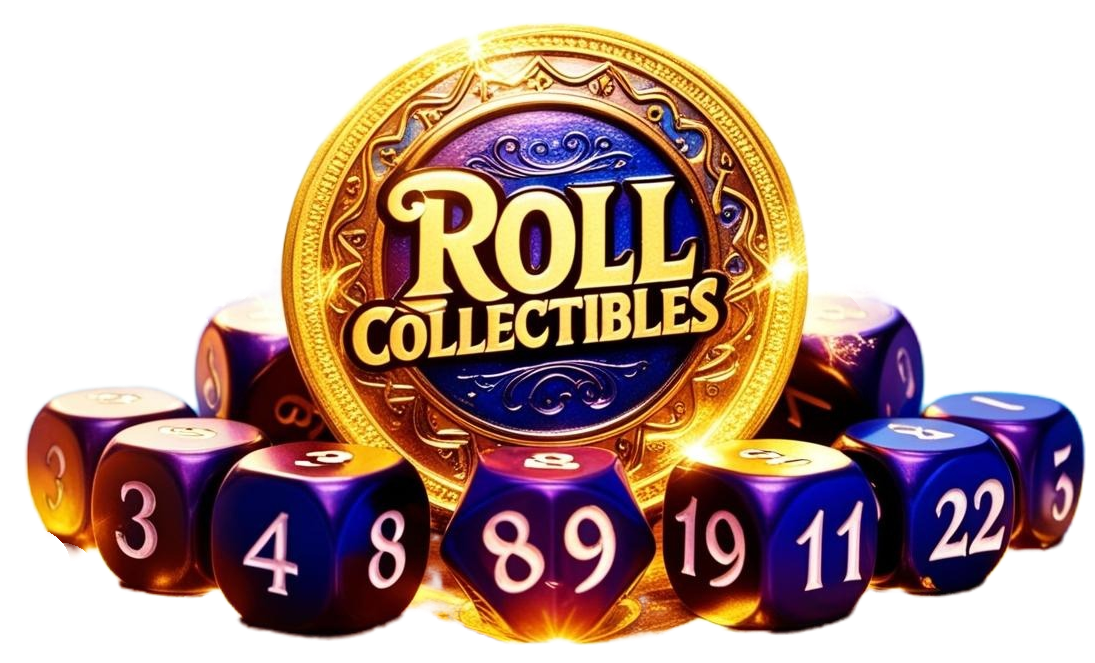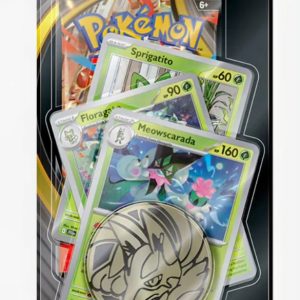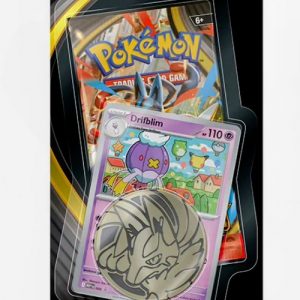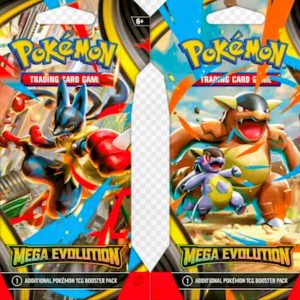Specific Considerations for Korean Pokémon Cards:
* Card Stock: Korean cards are known to have a slightly thinner cardstock than English or Japanese cards. This is normal and doesn’t necessarily indicate a fake. However, they should still feel sturdy and not flimsy.
Korean cards have a different feeling to any other Pokémon cards, they tend to feel like they have a waxed coating on them making them feel slightly greasy. These are my personal interactions with dealing with Korean cards.
* Print Quality/Vibrancy: While officially printed, some collectors note that Korean cards can sometimes have colors that are either more vibrant or slightly duller than their English or Japanese counterparts, depending on the specific print run. This isn’t a definitive sign of a fake, but something to be aware of when comparing.

The card on the left is the English version of the Korean card on the right, take not of the difference in the white of the Pokeball and how much richer the colours are on the English card.
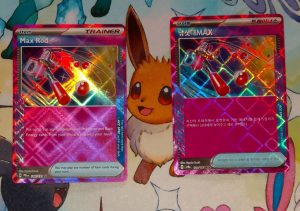
The pattern difference between the two cards is obvious to see, the English card has a fatter more textured patter while the Korean card has a thinner flatter pattern on the card.
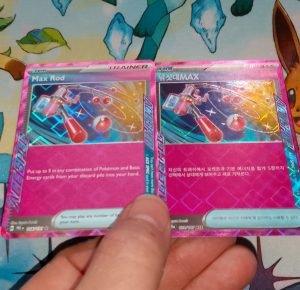
Here you can clearly see a colour difference on the two cards, the Korean card has a darker colour to it than it’s English counterpart, you can also see here that the Korean card although it has a similar pattern and texture to it’s English card, the area of the card that has the white writing on is also flatter and shiny and lacks the same texture as it’s English counterpart.
* Middle Layer (Rip Test): As mentioned above, Korean cards, like Japanese cards, should have a blue or grey layer in the middle when ripped. This is a key differentiator from most US-printed cards which have a black layer.
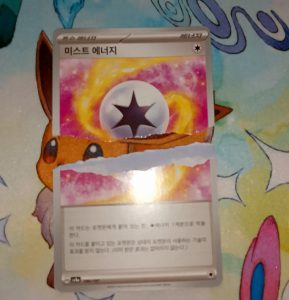

This is a destructive test done on my own personal card, with the flash on the camera you can clearly see the middle layer, to the eye this looks grey but with the flash on the camera on you can see it looks more blue.
* Booster Box Contents: Korean booster boxes typically do not include code cards or energy cards, unlike some English or Japanese boxes. This is a normal difference and not a sign of a fake product.
* Pull Rates: Unlike Japanese booster boxes which often guarantee a Secret Rare or ultra-rare pull, Korean boxes can be more variable, meaning you might get multiple hits or none above regular holos.
* Vintage Korean Cards: Be particularly cautious with older Korean cards (pre-Black and White era). While there were some legitimate early Korean releases, some sources suggest that early Korean cards might have American backs if they were printed by WOTC in the US and shipped to Korea. Research specific sets if you’re dealing with vintage Korean cards.
Where to Buy:
* Purchase from reputable sellers and established stores. Be wary of deals that seem “too good to be true.”
* If buying online, check seller reviews and ratings carefully.
In summary, the best way to determine if a Korean Pokémon card is real is to compare it meticulously with a known authentic card. Pay close attention to the details of the print, the feel of the card, the accuracy of the text, and the specific characteristics of Korean prints. If you have any doubts, it’s always best to get an opinion from an experienced collector or a professional authenticator.
